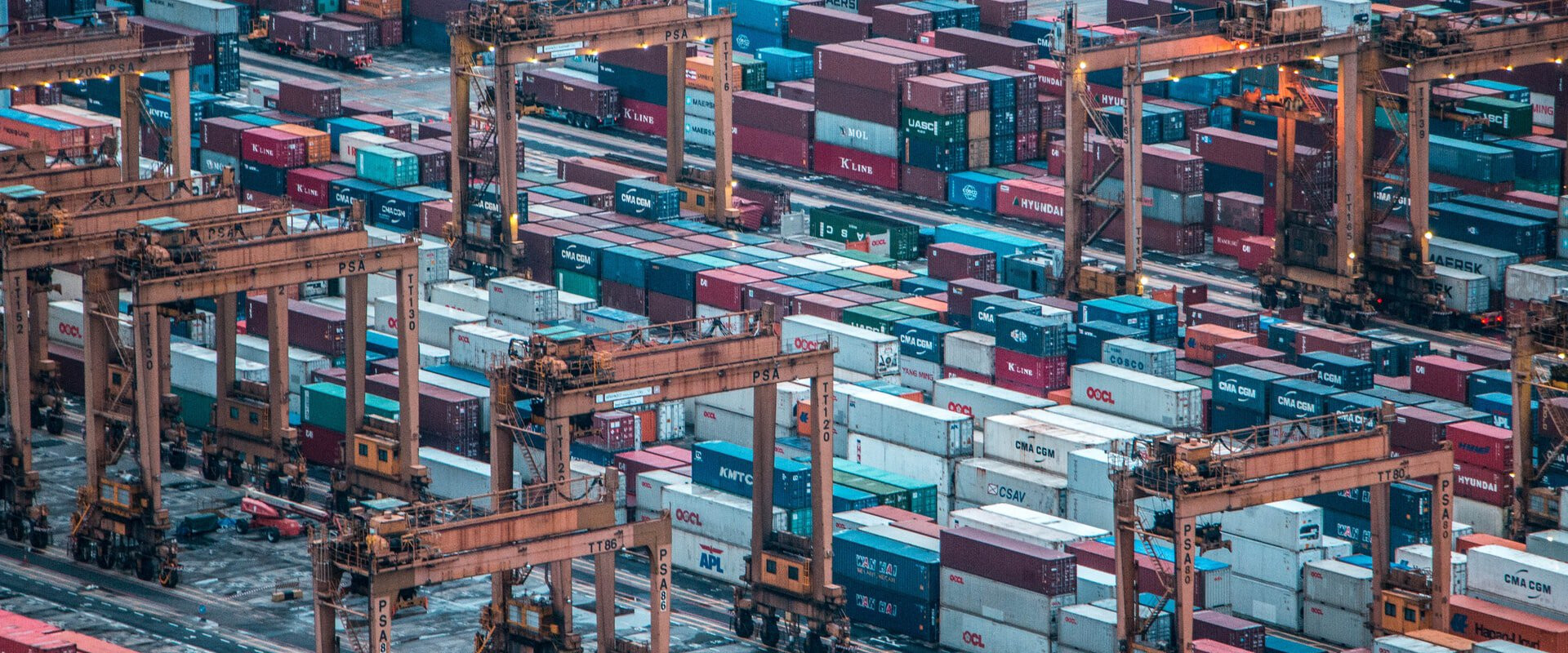Shipping containers

Shipping volume prediction
Context
Big commercial sea ports handle millions of containers per year, e.g. the port of Hamburg handled 9.3 Mio. TEU in 2019, leading to a large logistical effort regarding required storage and unloading capacities. Retail companies, parcel and mail services are also confronted every day with estimating the shipping volume to optimize warehouse logistics and to predict delivery times.
Challenges
Predicting shipping volumes and cargo loads requires the processing of large amounts of time series data, that captures the shipping volume depending on time sensitive features, such as important occasions, e.g. christmas, production peaks and falls, customer demand for certain product categories, weather conditions etc.
However, these influencing factors are difficult to model, especially if they are interdependent. Moreover, customer habits are changing rapidly, especially during crisis, such as the COVID-19 pandemic.
Potential solution approaches
The use of machine learning models can support logistics companies by recognizing patterns in the data and making precise predictions on their basis.
Analyzing and forecasting time series data for shipping volumes, requires a machine learning model that captures long-term dependencies and correlations.
State-of-the-art techniques are seasonal AMIRA (autoregressive integrated moving average) and LSTM (long short-term memory) algorithms. Both models incorporate the influence of past events on recent events by using past outputs and states for the computation of current outputs.
